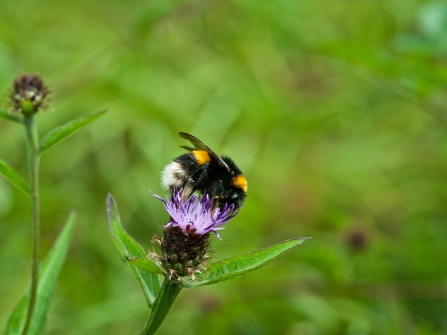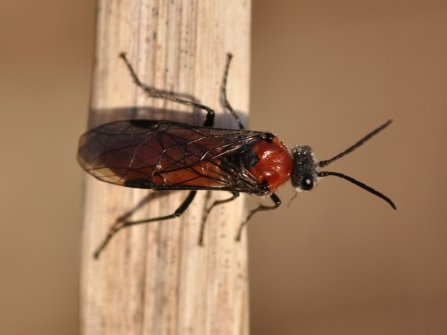According to our Plan Bee Project Officer, Ben Hargreaves, many bees look much bigger and busier during springtime.
Ben said: “With the slightly warmer and (much) calmer weather there has been a noted abundance of bees around.
“Some of the most commonly seen are queen bumblebees - the huge buff-tailed bumblebee, the slightly smaller tree bumblebee, the early bumblebee (smaller again) and the odd white-tailed bumblebee ‘types’.”


